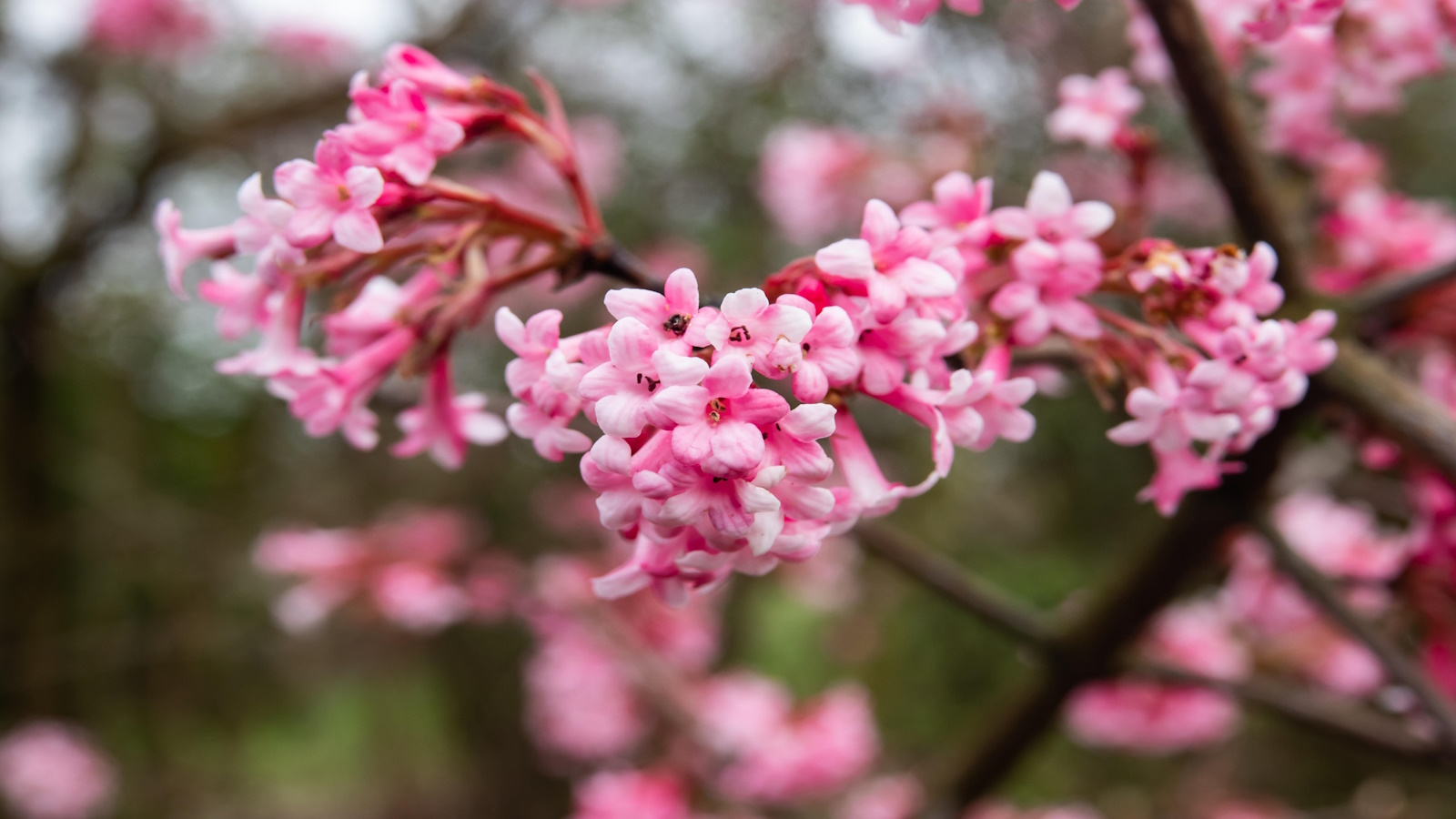
Selecting winter flowers for scent will transform the bleakest yard in an instance. Irresistible to the senses, you are often aware of these plants presence well before actually spotting them, all thanks to their exquisite perfume which will elevate your winter garden design ideas.
Winter flowers are usually vibrant in colour but tiny in stature. These delicate blooms are often displayed proudly on bare stems making them the true stars of the season and a real mood booster. An important role, when often there is little else of floral interest in the garden.
Designed by nature to attract scarce pollinators, many winter flowers have an intense perfume unrivalled by plants that bloom later in the year.
From the citrus sharp scent of the witch hazel through to the intense sugary-rush of viburnum, you can’t fail to stop and notice these snow resilient blooms. We share some of our favorite, seasonal varieties and where to plant them.
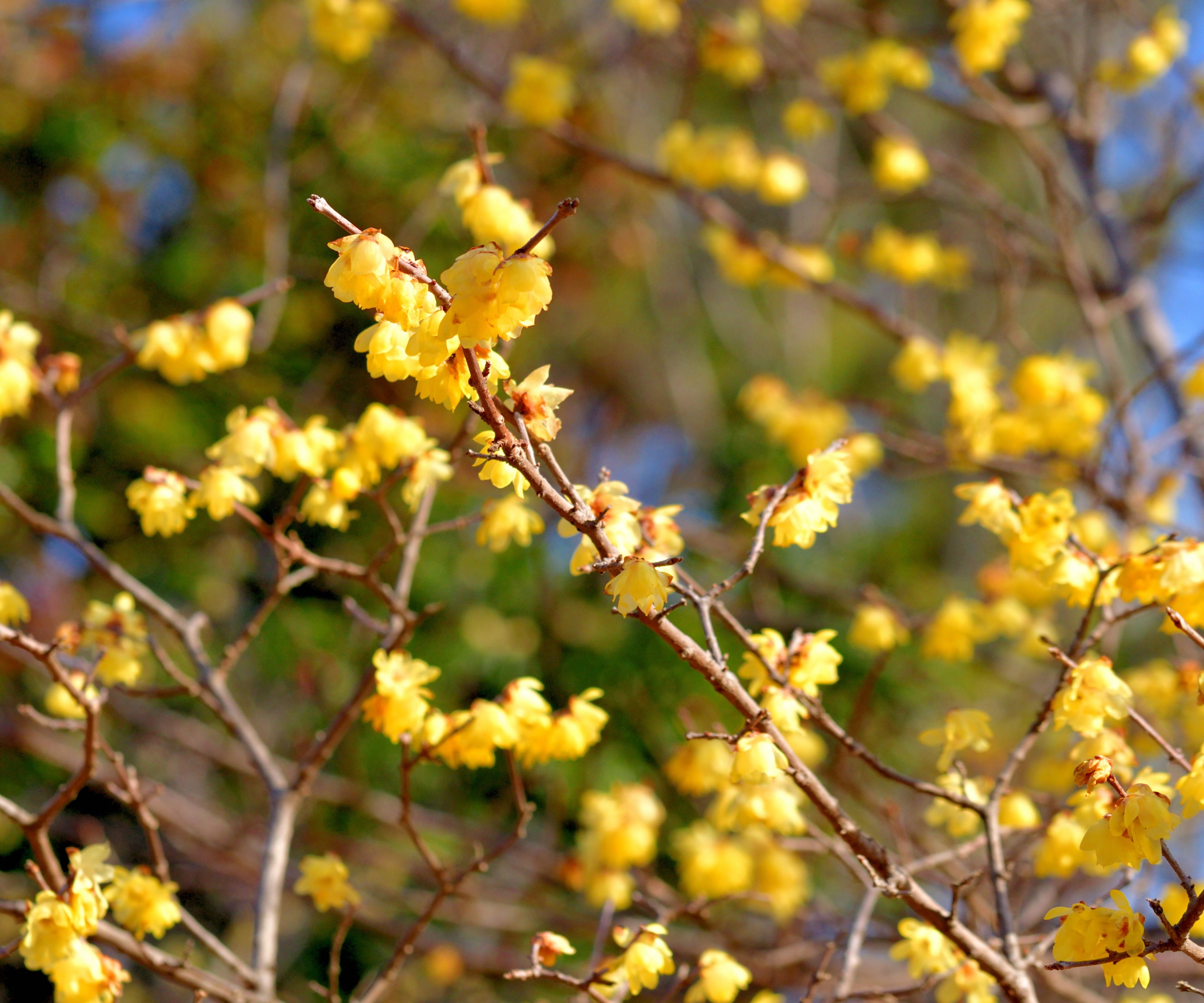
12 uplifting winter flowers with wonderful scent
There’s a huge variety of plants with winter blooms that can be chosen for their fragrance. Shrubs, small trees, bulbs and perennials all have their standout varieties.
Hellebore odorus
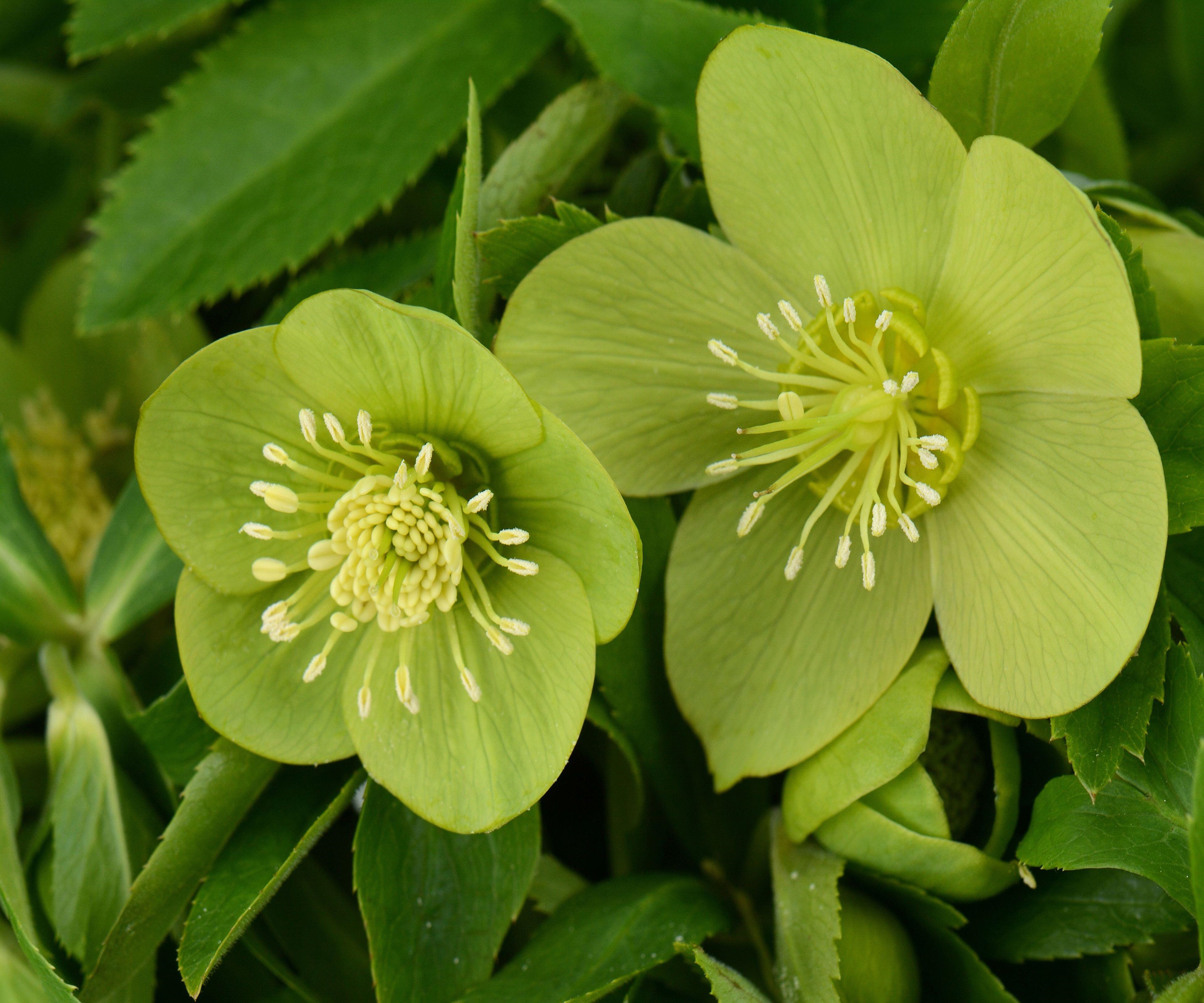
You can’t fail to notice these semi-evergreen perennials, whether it’s for their bitter-sweet blackcurrant scent or the head-turning green cup-shaped blooms.
Clump-forming with distinct leathery leaves, this cottage garden favorite has many fans and garden designer Max Apton, owner of Sweet Clover Design, is one.
'One great winter flower I prize for its scent is fragrant hellebore (Helleborus odorus). It is marginally hardy in our climate zone, so be sure to plant in a protected area and apply a thick layer of mulch in fall. As with all hellebores, it's a lovely evergreen perennial, tolerant of shade and deer resistant.'
Daphne bholua 'Jacqueline Postill'
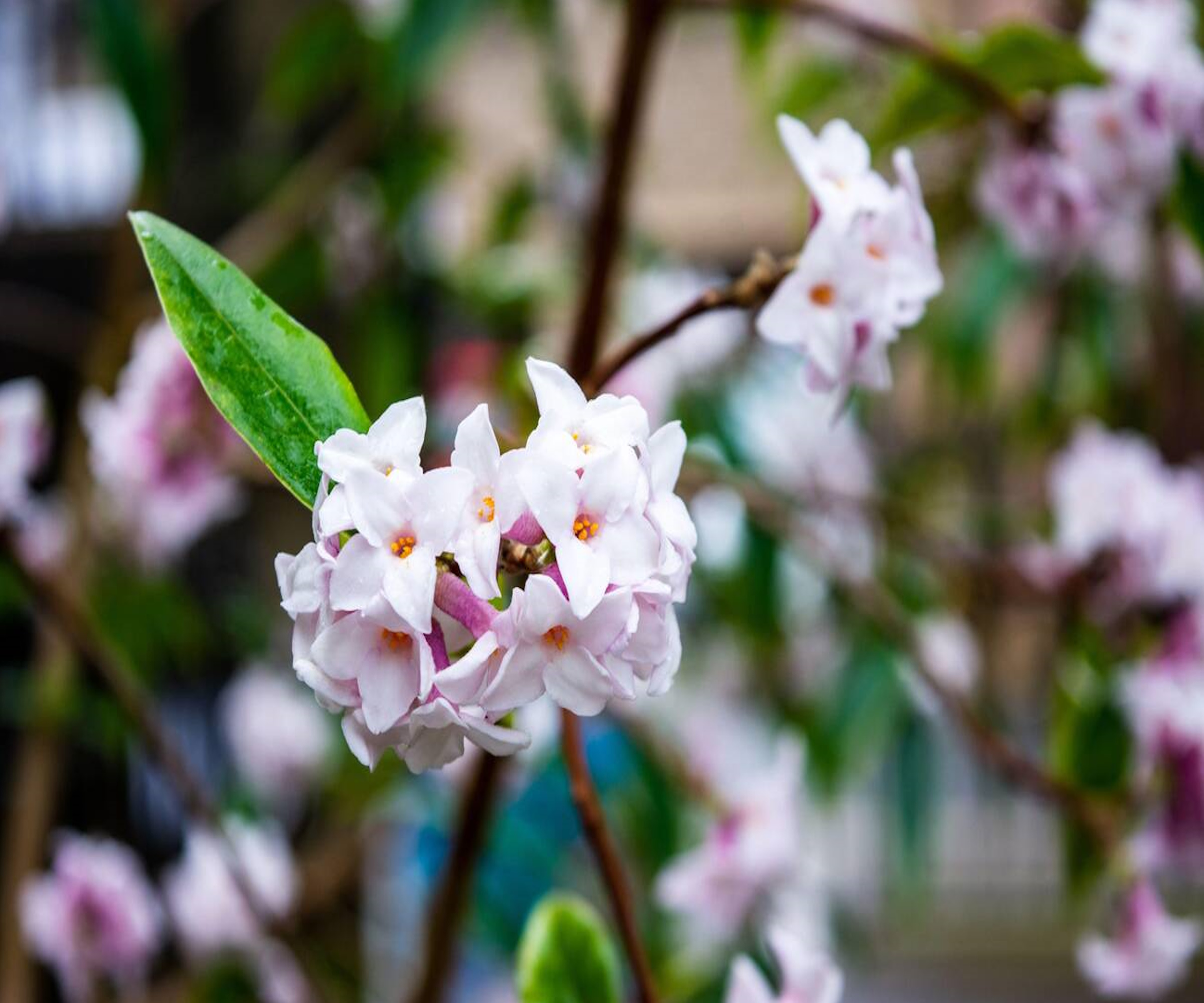
Blooming in late winter, this evergreen shrub is a real garden spectacle. Bearing clusters of lilac-pink, white flowers set against leathery, deep green leaves, daphne iss a glorious sight in a pot or border.
But it is the deliciously sweet – sometimes heady – fragrance, that makes it a must-have for most yard owners. Place near an entranceway, porch or alongside a path or driveway and it will lift your spirits and delight visitors.
Hailing from the Himalayan slopes this shrub is used to colder temperatures, but hates sitting with its roots in waterlogged soil. A real slow-grower, it can take up to 20 years to reach its maximum height of 13ft. It also dislikes being moved, so be sure to plant where it can be best appreciated. US Hardiness zone 8-9.
Witch hazel
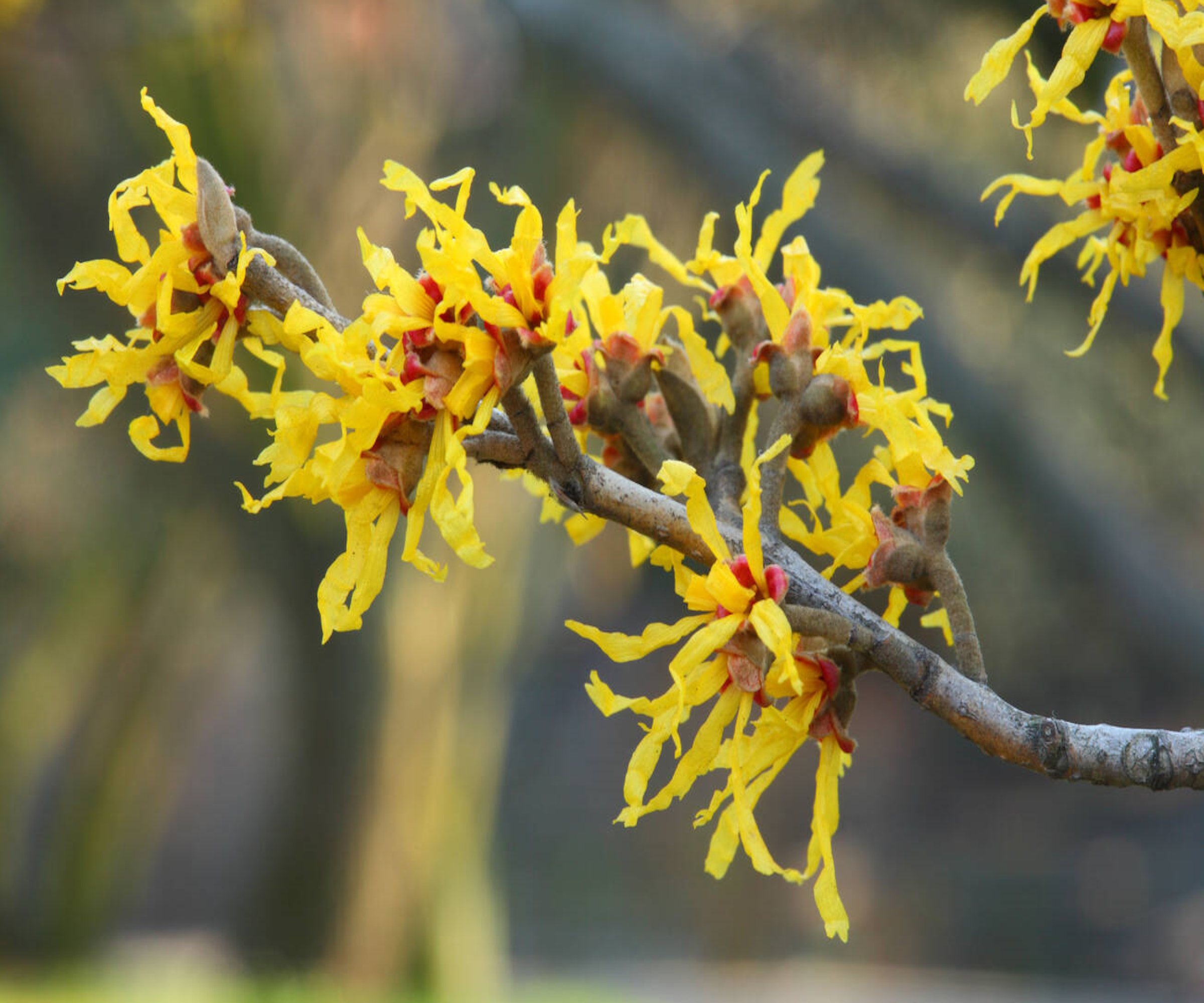
Instantly recognisable for its spidery blooms on bare stems, spotting witch hazel in full flower is a welcome sign that spring is on its way. Laden with a surprisingly powerful spicy, citrus scent, these slow growing shrubs can eventually reach 16ft in height and spread.
Elegant when trained into trees, they make a show stopping feature in any yard, especially when underplanted with snowdrops and early spring crocuses. Their oval leaves also look dramatic in fall when they take on shades of bright yellow and orange.
'I always love watching my vernal witch hazel (Hamamelis vernalis) come into bloom this time of year,' says Max Apton. 'It has the most interesting, crinkly, auburn orange flowers that are wonderfully fragrant. What's even better, here in Southern NY state, we are classified as zone 5. This means our options for winter flowers can be somewhat limited.'
Winter flowering clematis
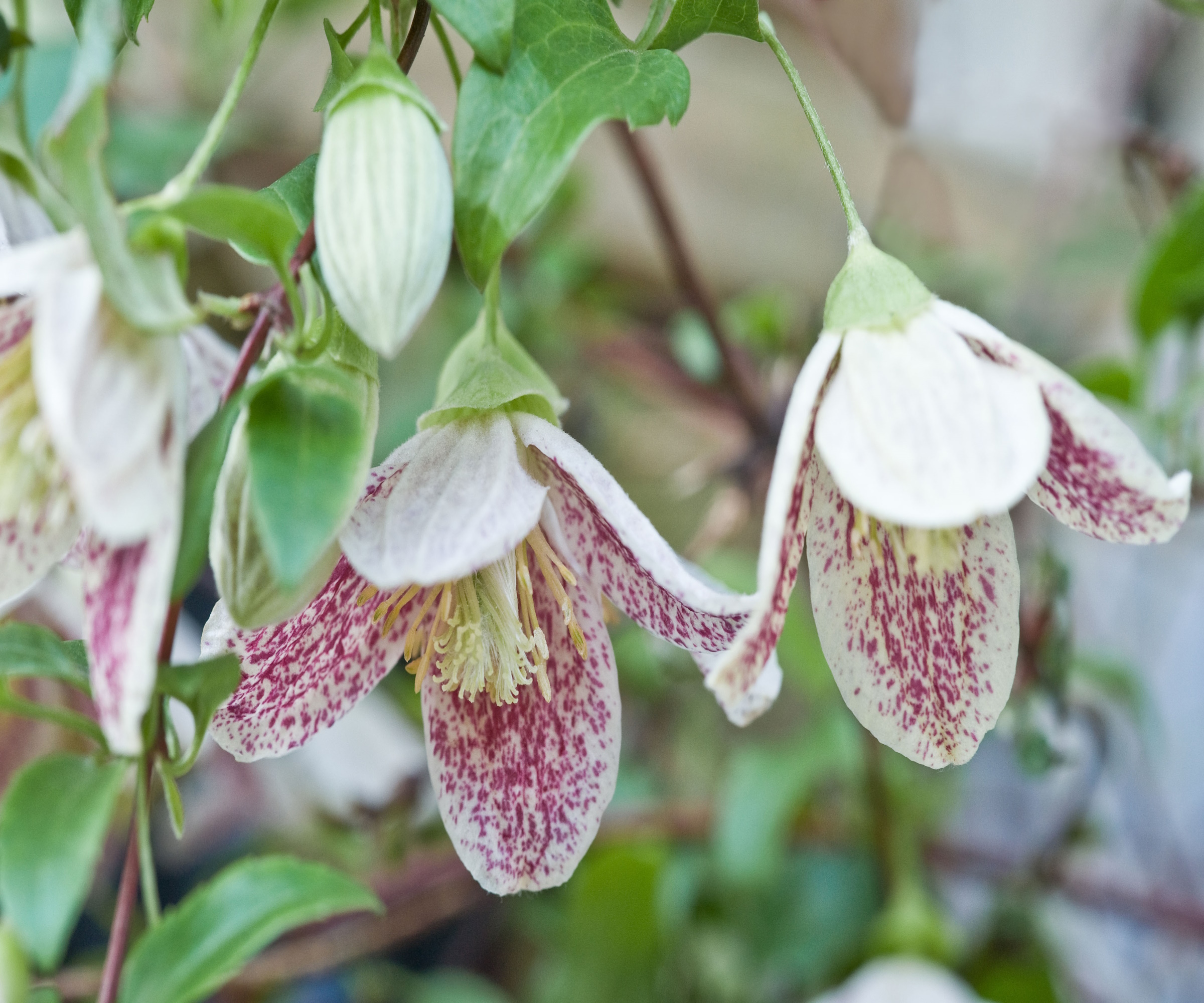
Not just for summer, a few clematis will grace the winter garden with their good looks and fragrance. Clematis urophylla 'Winter Beauty' possesses pure white, waxy flowers with laden with a delicate fragrance, continually from fall to March.
Set against their deep green oval leaves they make a stunning spectacle climbing up obelisks and trellis, supported by their twining leaf stalks.
The cream blooms of Clematis ‘Jingle Bells’ have a subtle, slightly citrus perfume but much more eye-catching is Clematis cirrhosa var. purpurascens 'Freckles'. With striking blush pink flowers streaked with splashes of plum, it brings a welcome burst of colour to the yard along with its sharp yet pleasant scent, which intensifies when planted in full sun. Fully hardy it grows up to 13ft high and 3ft wide.
Sarcococca confusa
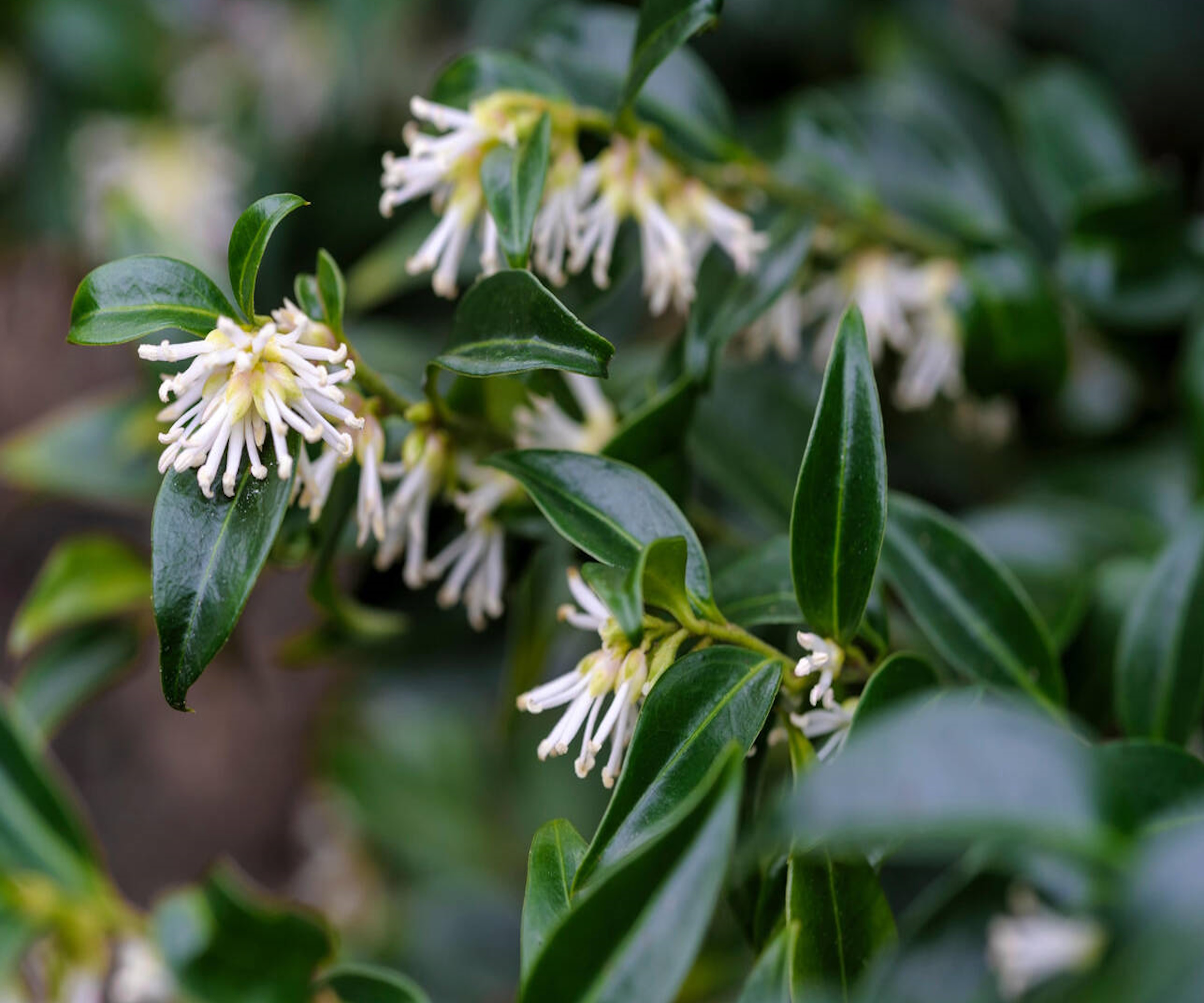
Tough, durable and a real woodland beauty, sweetbox has a mass of dark glossy green leaves that have an elegant slight wave to them. Remaining on the plant year-round they really come into their own when the sweet-scented, starry white flowers appear from midwinter onwards.
Happy in both acidic and alkaline soils, it will also thrive in drought conditions once mature. Reaching up to 3ft x 5ft over 10 years, this plant is ideal for growing as a low hedge or along a drive or entranceway. Best suited to US Hardiness zones 7b to 10b.
Snowdrop 'Magnet'
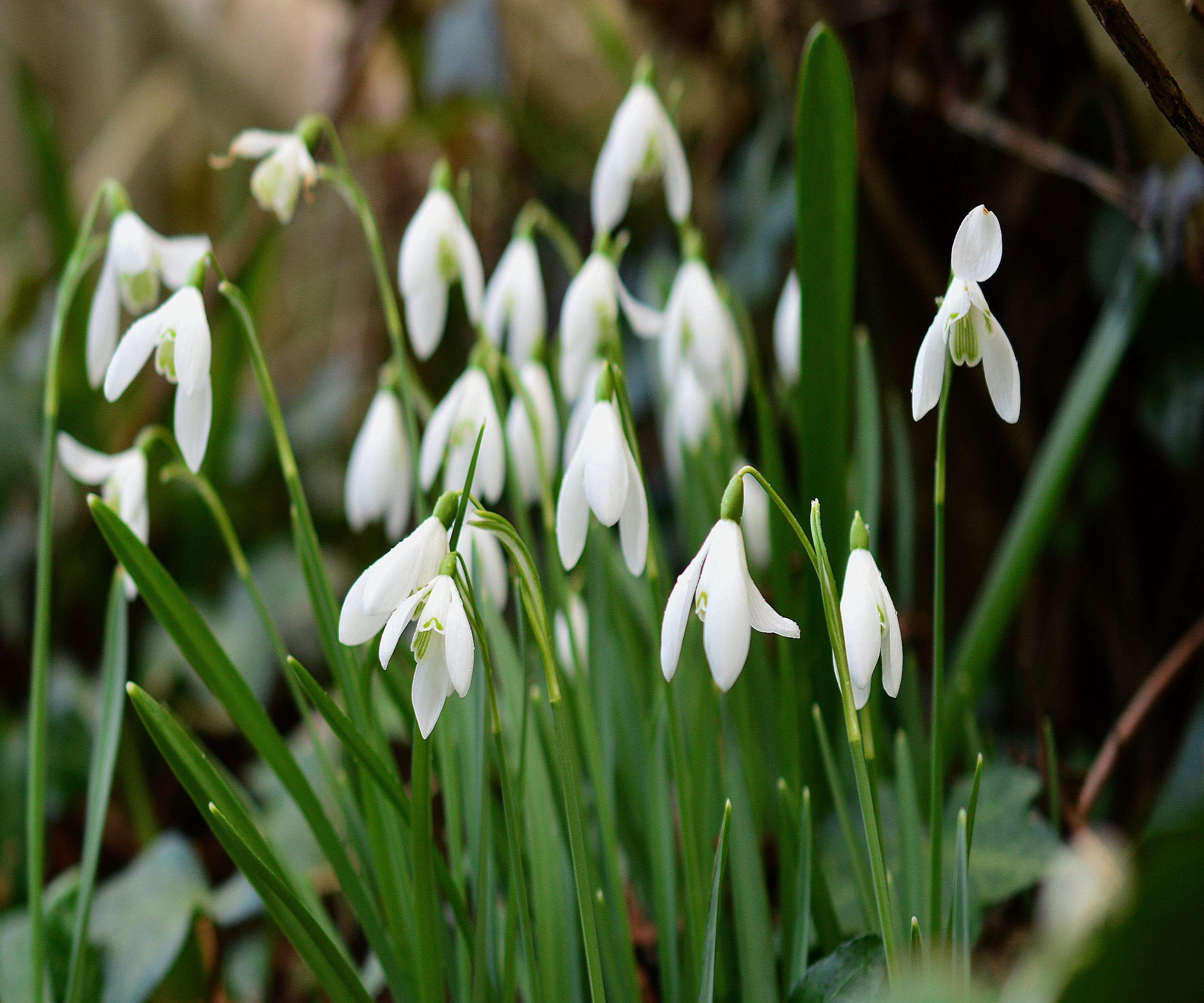
Snowdrop 'Magnet' is regarded as the most highly perfumed variety. Bearing single white bell-shaped bloom on top of a slender stem, this beauty is also recognised for the green upside-down heart on the inner petals.
They are hugely addictive too, as bulb expert Peggy Anne Montgomery explains, 'There are 20 species and over 1000 cultivars and many among us have become (addicted) collectors. There are even snowdrops that bloom in the fall. The Galanthophiles gather in PA each year for the Galanthus Gala in March.'
Often naturalized drifts amongst grass or planted on mass with yellow winter aconites (Eranthis hyemalis) or paired with very early crocus, snowdrops can make a heavenly impression and charm with their subtle clouds of scent.
'The first flowers of spring bloom are precious because they let us know that the growing season has begun and the light is returning,' continues Peggy Anne. 'These miniature blooms also provide an essential early pollen and nectar source for pollinators, especially bees.'
Viburnum × bodnantense 'Dawn'
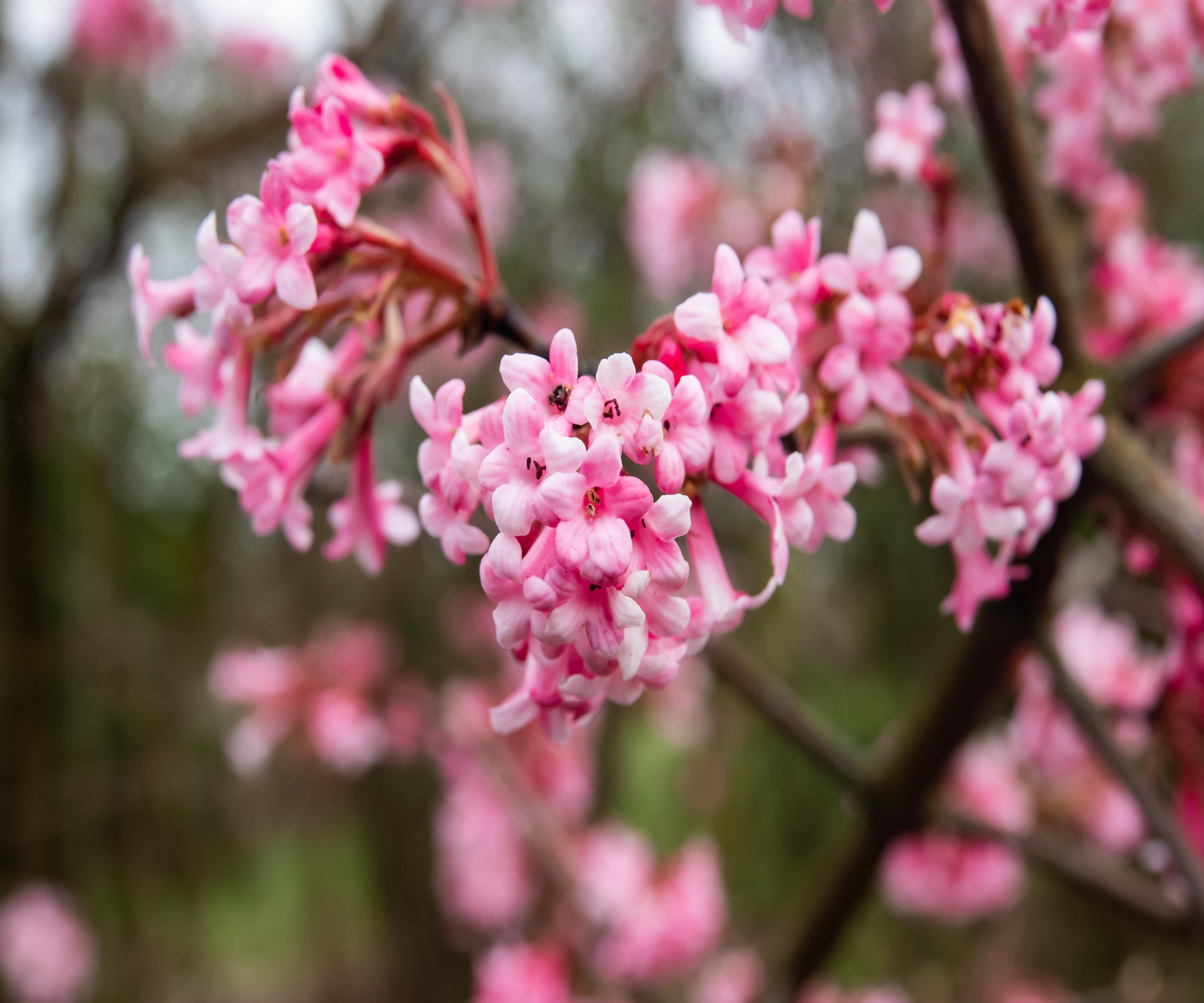
Sometimes known as Arrowwood, this tall and fast-growing shrub bares clusters of white or deep pink blooms on bare stems, from fall into early spring. Harbouring a rich honey-like fragrance, this is often the one plant you notice long before you track it down.
Happy in full sun or part-shade, it is remarkably tolerant of most locations but does prefer to have its roots in well-drained soil. At home in the border or a large container, it can also be trained into an elegant hedge or decorative garden screen. This variety thrives in US hardiness zones 5-8.
Mahonia Charity
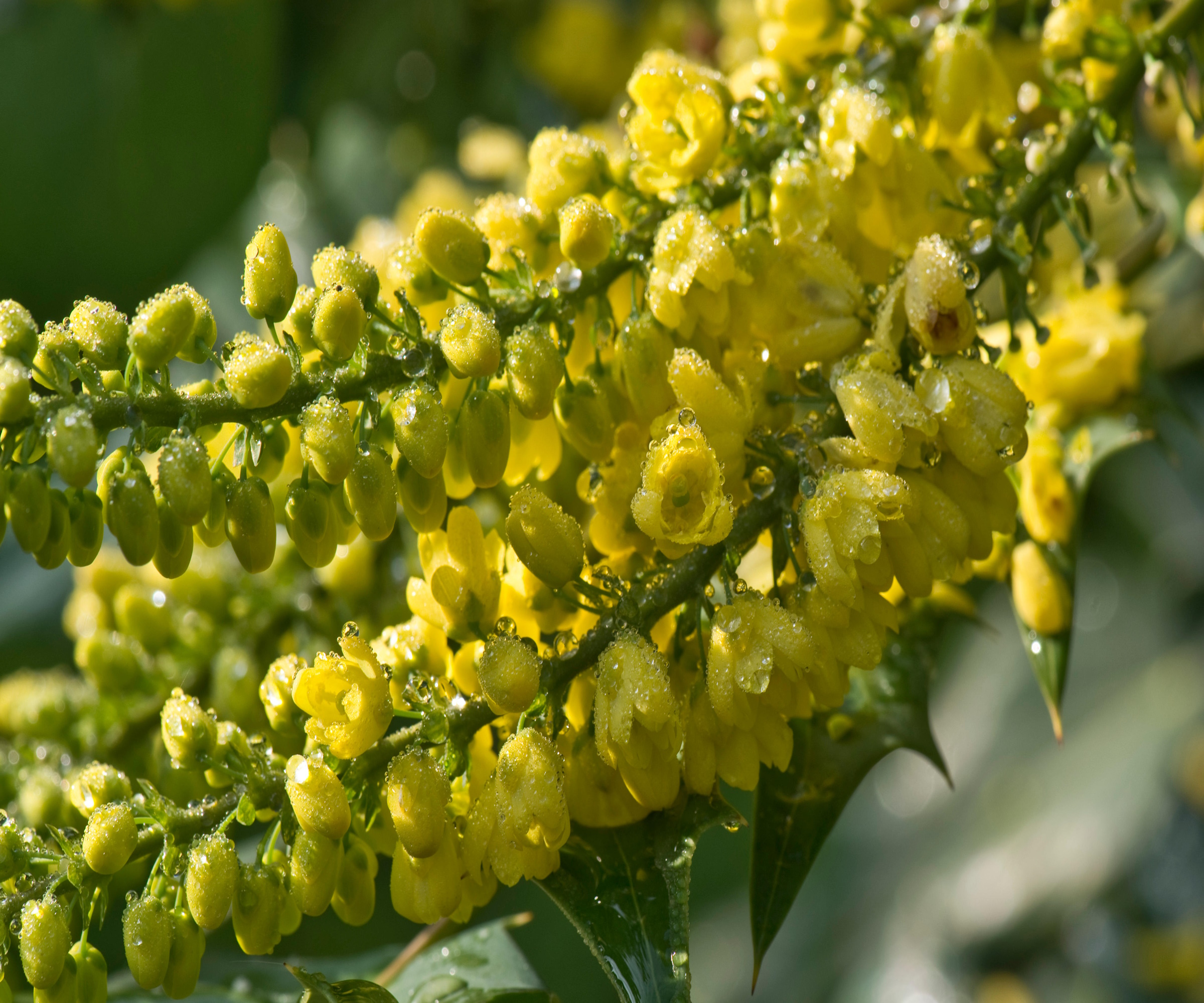
Not just one of the best winter plants for pots and borders, mahonia blooms are highly scented too, so much so you can detect their presence from a fair distance. With a mass of tiny bright yellow flowers grouped together on long panicles they make a dazzling sight set against the glossy, holly shaped foliage.
There are many varieties of mahonia to choose from, each with their own characteristics but 'Winter Sun' is a firm favorite with many gardeners and horticulturalists.
Brent Wilson, co-founder of Wilson Bros Gardens says, 'The flower panicles of 'Winter Sun' are considerably longer, and the individual flowers slightly larger, so its flower display is superior to the spring bloomers. As with other mahonias, the flowers are followed by attractive grape-like clusters of robin egg-blue berries the birds will appreciate.'
Happy in full to part shade, 'Winter Sun's can still reach 6 to 8 feet tall and 5 to 7 feet wide when all grown up,' says Brent.
Chimonanthus praecox Wintersweet
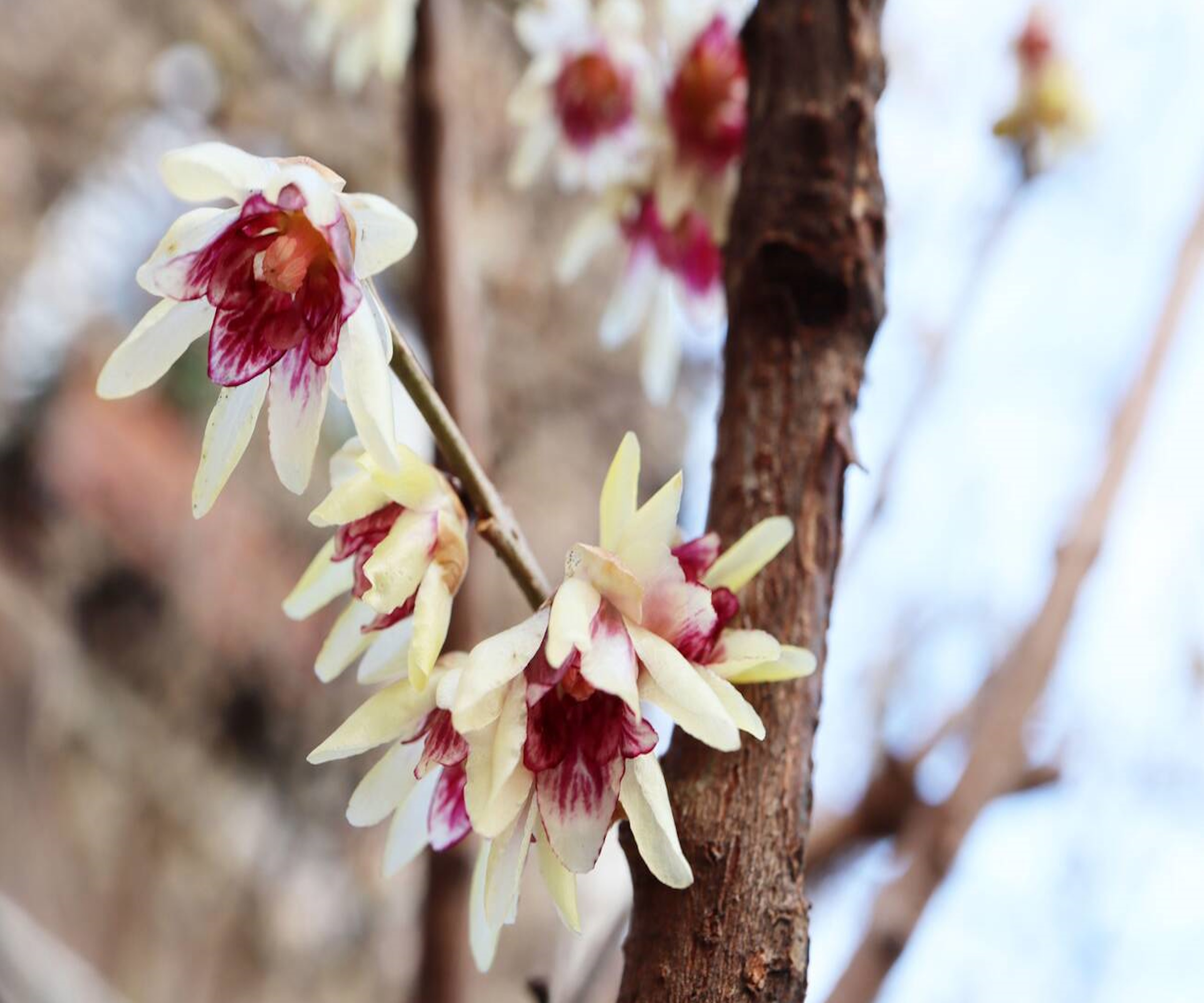
A true showstopper of the winter garden, wintersweet is laden with waxy pale-yellow blooms throughout January that produce the most delectable scent. Appearing on bare branches, these multi-layered flowers are high in essential oils and have been used in cosmetics, perfume and tea for hundreds of years. Originally from China, various parts of this plant are known to have medicinal properties.
Covered in glossy, oval pointed leaves from spring to fall, this shrub tends to go unnoticed for most of the year, but more than earns a space in the yard for its heady winter scent alone.
Suited to US hardiness zones 7 to 10, it thrives in sun or part shade but does prefer well-draining soil. Expect a mature plant to grow and spread to 15ft.
Lonicera x purpussi
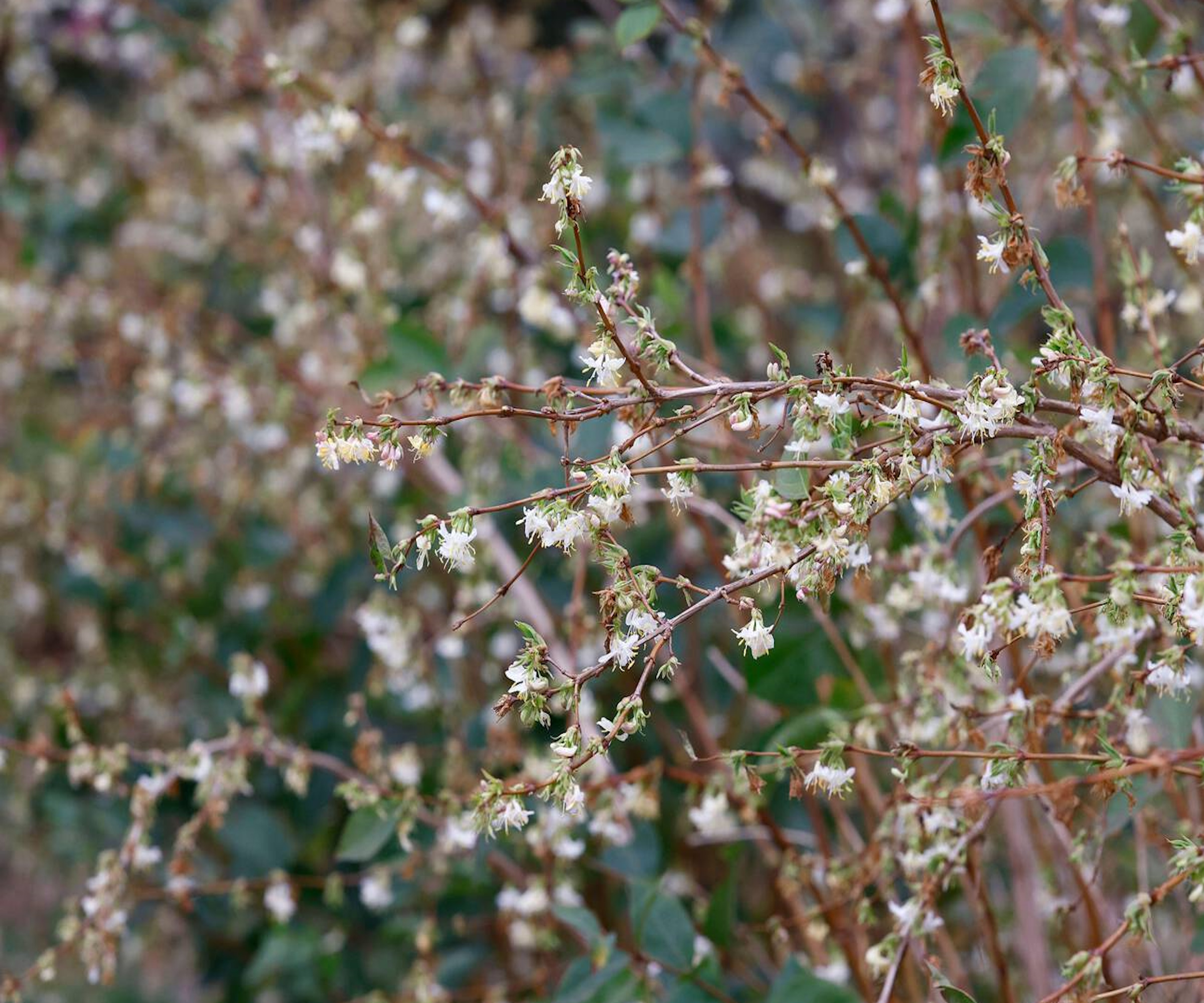
A small-evergreen shrub smothered in masses of sweetly fragrant, creamy-white flowers from winter to early spring. Loved by bees and an invaluable food source for pollinators who emerge from hibernation early, the winter honeysuckle makes a striking standalone shrub or can be trained against a trellis, wall or fence.
Plant in full sun or part shade and expect it to reach an ultimate height and span of around 8ft.
Skimmia 'Kew Green'
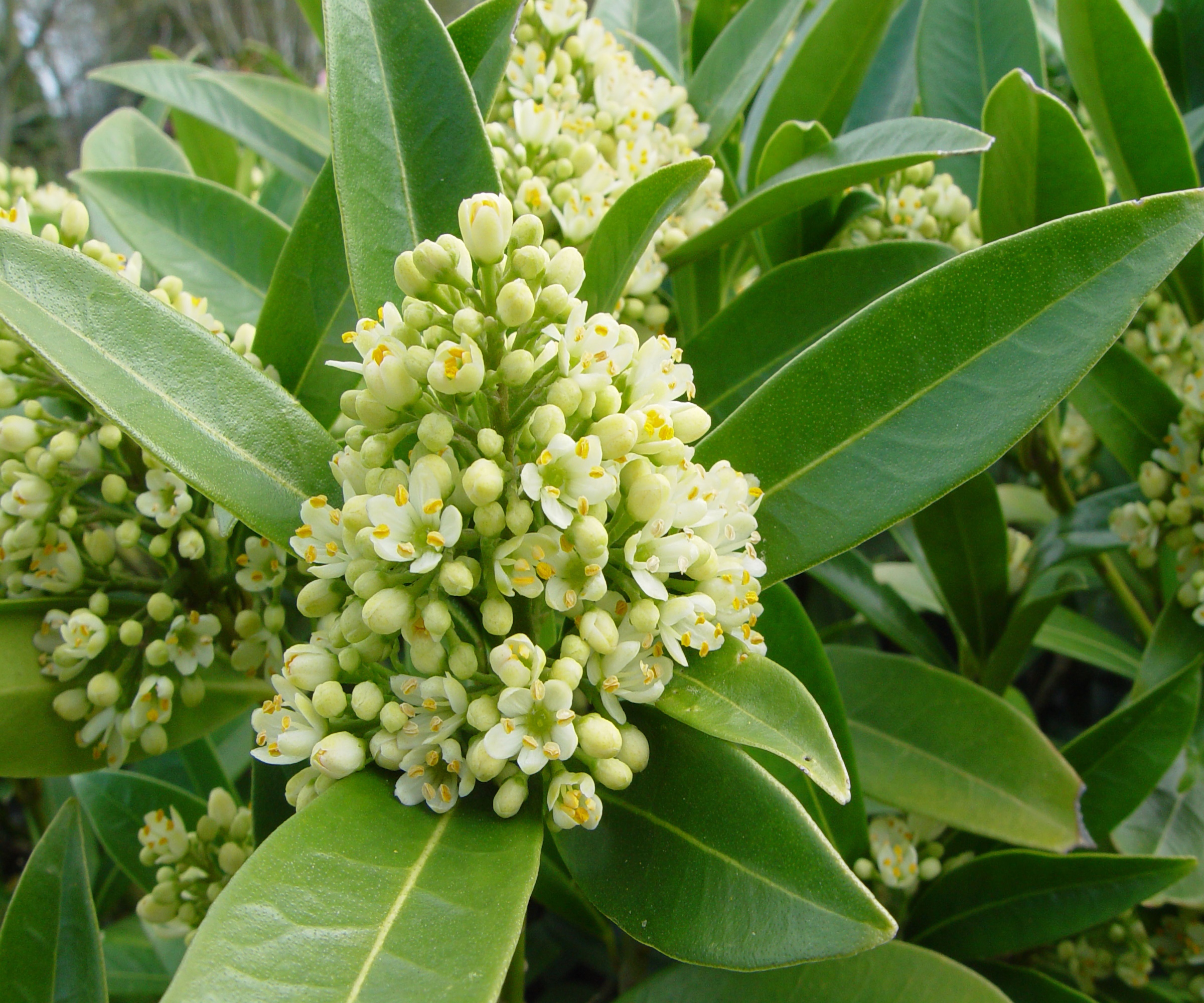
Ideal for brightening shady borders and woodland gardens, skimmia bears clusters of tiny ivory blooms that first appear as green-yellow tinged buds. With a sweet yet slightly citrussy scent, skimmia 'Kew Green' is world’s away from the more standard variety skimmia ‘Rubella’ with its red, festive blooms.
No fuss, evergreen and forming a neat compact shape, it’s perfect for planting on banks, slopes or any relatively exposed site as long as the soil is moist but free-draining. Slow growing, it can this shrub between 10-20 years to reach a height of 3ft and spread of 5ft. The rich, glossy green foliage is also aromatic when crushed.
FAQs
Are there any indoor winter flowers to plant for scent?
There are many highly fragrant spring flowering bulbs that can be forced to bloom indoors, during the winter months. Paperwhite narcissus and prepared hyacinths are two of the most popular, but there are others, including amaryllis, some of which have a lovely vanilla scent.
Planting winter flowers for scent is a great way to encourage everyone to spend more time outdoors, even on the dullest days. Why not take the opportunity to rethink your yard with these design tips for planning a winter garden.







